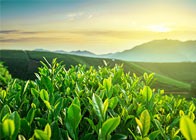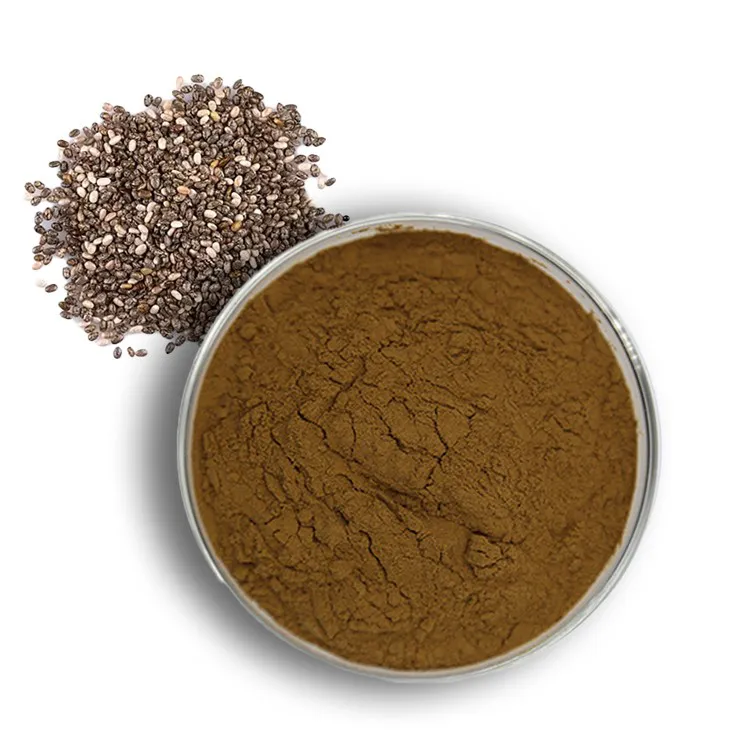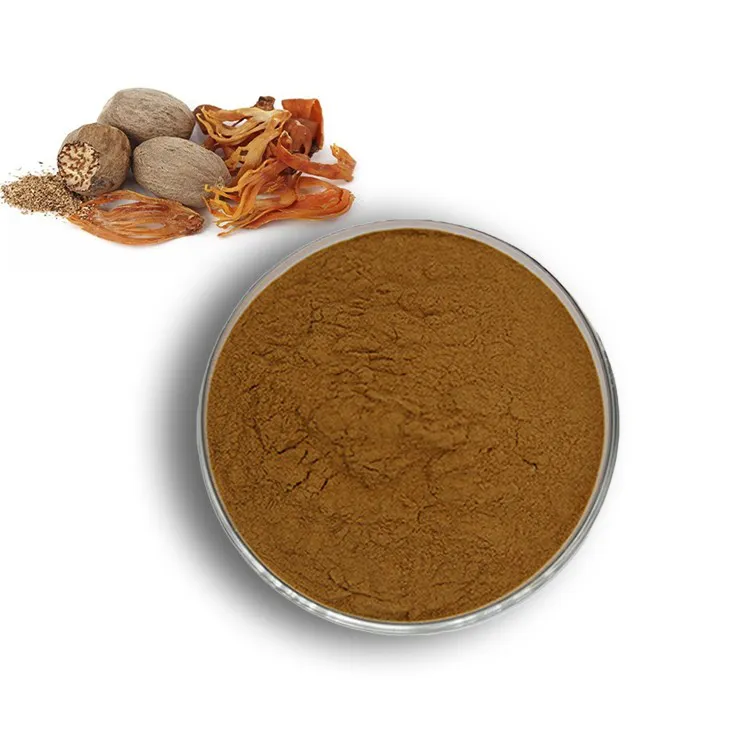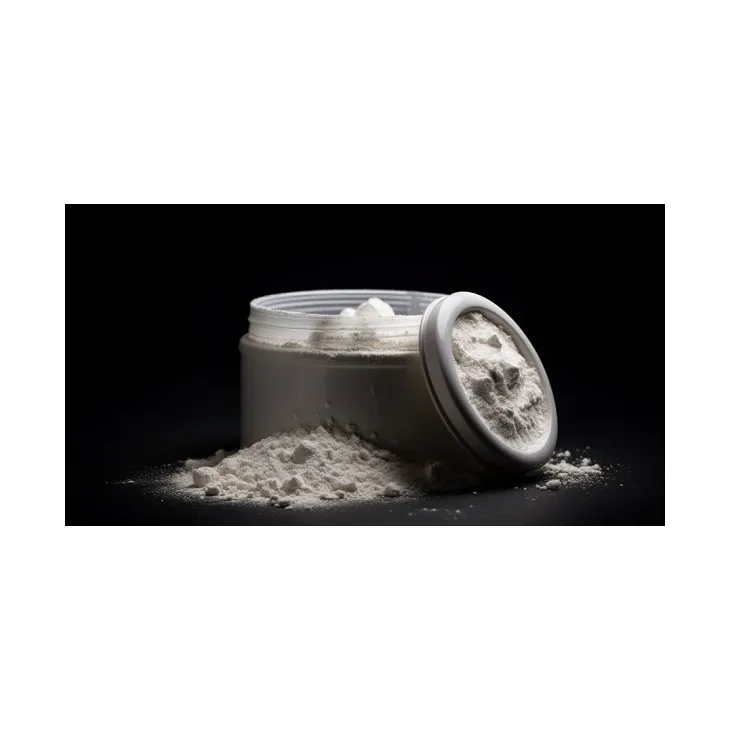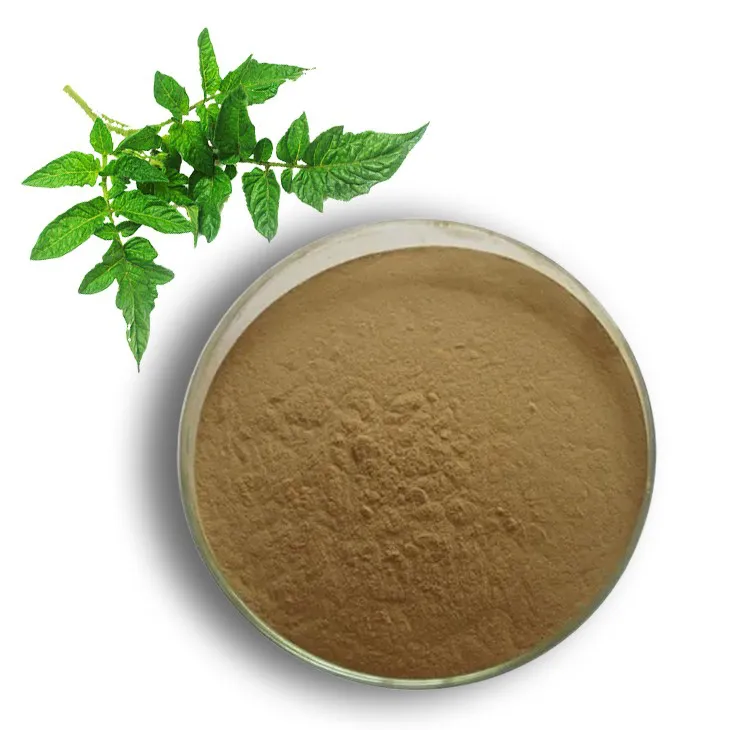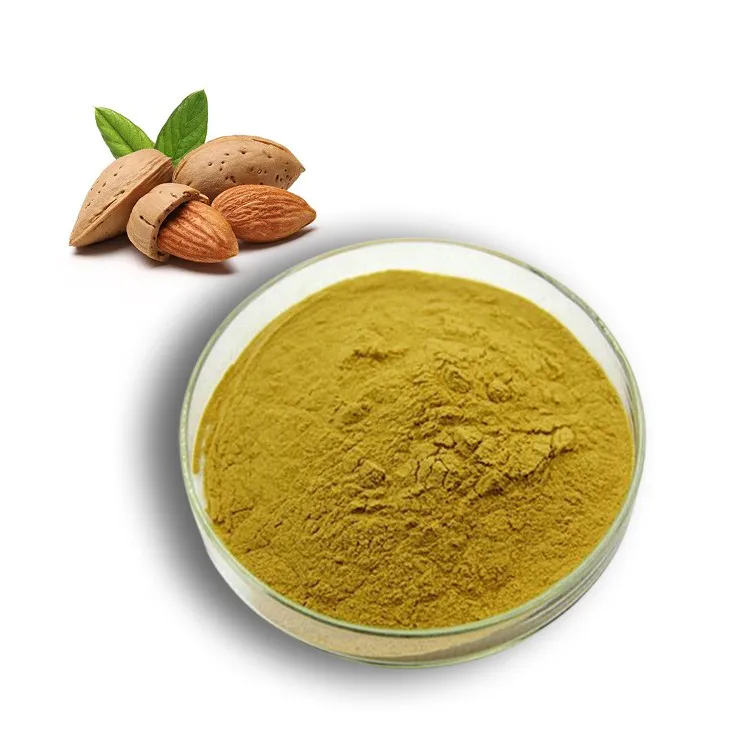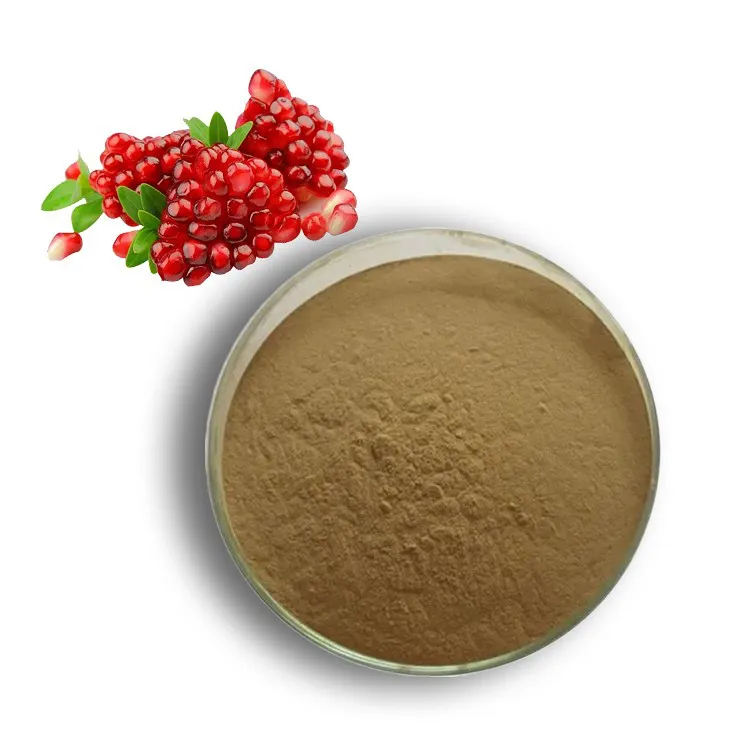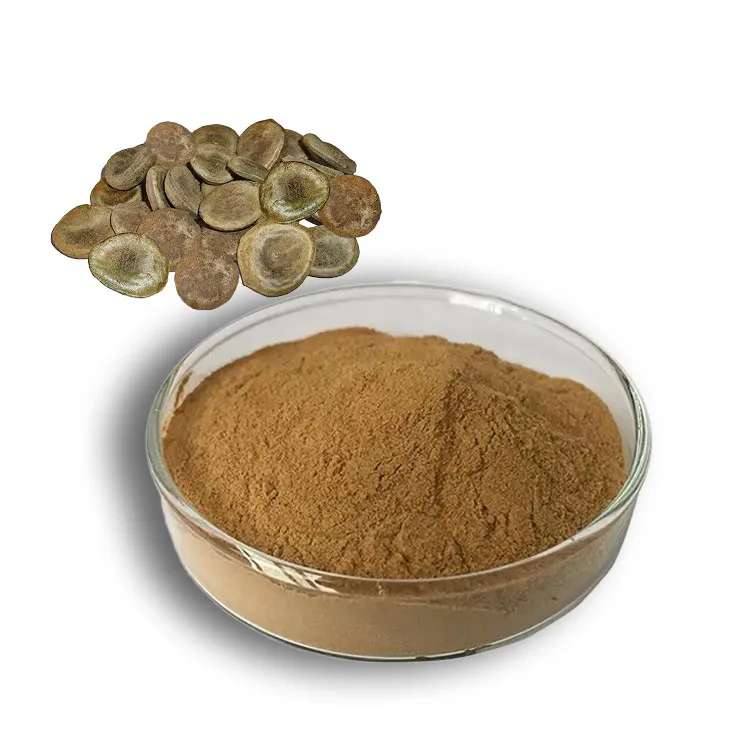- 0086-571-85302990
- sales@greenskybio.com
Goldenseal: A Historic Herbal Remedy at Risk
2025-07-11
Goldenseal (Hydrastis canadensis), a native North American perennial herb, has been cherished for centuries for its medicinal virtues, particularly by Indigenous tribes such as the Cherokee and Iroquois. Historically used to remedy skin ailments, digestive issues, and infections, goldenseal garnered widespread acclaim in the 19th century as a versatile cure-all. Today, however, its survival is jeopardized by overharvesting, prompting conservation efforts and controlled cultivation.
This storied herb contains bioactive alkaloids, including berberine, hydrastine, and canadine, which offer antimicrobial, anti-inflammatory, and immune-enhancing benefits. Goldenseal’s applications extend to treating respiratory and digestive infections, skin conditions, inflammation, and supporting liver function and detoxification. Once routinely used for ailments such as sore throats and eye infections, it is now commonly prepared in various forms, including tinctures, teas, capsules, and topical salves. Its intense bitterness limits culinary use, but its medicinal prominence persists.
Goldenseal’s distinct characteristics make it easily recognizable, notably its bright yellow rhizome, purplish hairy stems, and red, raspberry-like berries. The herb’s bitter taste is emblematic of its potent medicinal constituents, underscoring its longstanding value in natural medicine and the need for responsible conservation.
A Rich History and Diverse Benefits
Goldenseal's healing legacy is richly intertwined with Indigenous practices. Cherished for treating skin, digestive, and infectious conditions, its adoption by European settlers led to its surge in popularity during the 1800s, marketing it as a remedy for everything from sore throats to gonorrhea. Unfortunately, this demand resulted in overharvesting and habitat destruction, rendering wild goldenseal increasingly rare and sparking sustainable cultivation initiatives. Today, cultivation efforts primarily focus on the Appalachian region in the United States and parts of Canada.
The herb’s therapeutic properties stem from its wealth of phytonutrients — namely, alkaloids such as berberine, hydrastine, and canadine. Berberine, the most researched of these, is renowned for its antimicrobial, anti-inflammatory, and immune-boosting capabilities. Hydrastine and canadine further enhance mucous membrane health and inflammation reduction. Together, these compounds establish goldenseal as a formidable natural medicine.
Traditionally, goldenseal has been employed to address diverse health concerns. Its antimicrobial prowess is effective against bacterial, viral, and fungal infections affecting both respiratory and digestive systems. For instance, it offers relief for sore throats, alleviates sinus congestion, and combats urinary tract infections. Goldenseal’s anti-inflammatory properties benefit conditions like arthritis and skin irritations, with topical applications aiding in healing wounds, eczema, and acne. Additionally, its digestive stimulation and liver support complement detoxification protocols.
Among the myriad anecdotal accounts of its efficacy, one 19th-century tale recounts a physician who used goldenseal to successfully treat a patient’s eye infection after conventional treatments had failed, illustrating the herb’s longstanding reputability.
Culinary and Medicinal Utilization
Goldenseal’s intensely earthy and bitter taste precludes its use in culinary traditions but enhances its efficacy as a medicinal herb. Predominantly consumed in the form of tinctures, teas, capsules, and salves, enthusiasts integrate goldenseal into wellness routines with creativity:
- Goldenseal Immune-Boosting Tea: Steep one teaspoon of dried goldenseal root in hot water for 10 minutes, sweeten with honey or lemon to counteract bitterness.
- Goldenseal Healing Salve: Blend goldenseal powder with beeswax and coconut oil, forming a soothing salve for skin irritations.
- Goldenseal Detox Tonic: Mix goldenseal tincture with apple cider vinegar and water for a daily detoxifying drink.
Goldenseal’s vibrant yellow rhizome and purple, hairy stem are its most identifiable features, paired with broad, lobed leaves and inconspicuous white flowers in spring, with subsequent raspberry-like red berries.
The Need for Conservation
As demand endures, goldenseal faces the threat of extinction due to overharvesting. Organizations like United Plant Savers spearhead initiatives promoting sustainable cultivation to safeguard wild populations. Consumers are urged to choose ethically sourced goldenseal products to support conservation efforts.
Goldenseal's cultural and medicinal heritage, potent phytonutrients, and varied applications fortify its status as a vital natural medicine. Its healing potential, though accentuated by its acrid taste, is undeniably valued. Whether addressing immunity, inflammation, or infections, goldenseal remains a powerful testament to nature’s restorative capabilities, underscoring the imperative for responsible use and preservation.
- ▶ Hesperidin
- ▶ citrus bioflavonoids
- ▶ plant extract
- ▶ lycopene
- ▶ Diosmin
- ▶ Grape seed extract
- ▶ Sea buckthorn Juice Powder
- ▶ Beetroot powder
- ▶ Hops Extract
- ▶ Artichoke Extract
- ▶ Reishi mushroom extract
- ▶ Astaxanthin
- ▶ Green Tea Extract
- ▶ Curcumin Extract
- ▶ Horse Chestnut Extract
- ▶ Other Problems
- ▶ Boswellia Serrata Extract
- ▶ Resveratrol Extract
- ▶ Marigold Extract
- ▶ Grape Leaf Extract
- ▶ blog3
- ▶ Aminolevulinic acid
- ▶ Cranberry Extract
- ▶ Red Yeast Rice
- ▶ Red Wine Extract
-
Chia Seed Powder
2025-07-11
-
Cocoa Extract
2025-07-11
-
Nutmeg Extract
2025-07-11
-
Aminolevulinic acid
2025-07-11
-
Senna Leaf Extract
2025-07-11
-
Marigold Extract
2025-07-11
-
Yam Extract
2025-07-11
-
Almond Extract Powder
2025-07-11
-
Pomegranate Extract
2025-07-11
-
Kupilu Extract
2025-07-11

